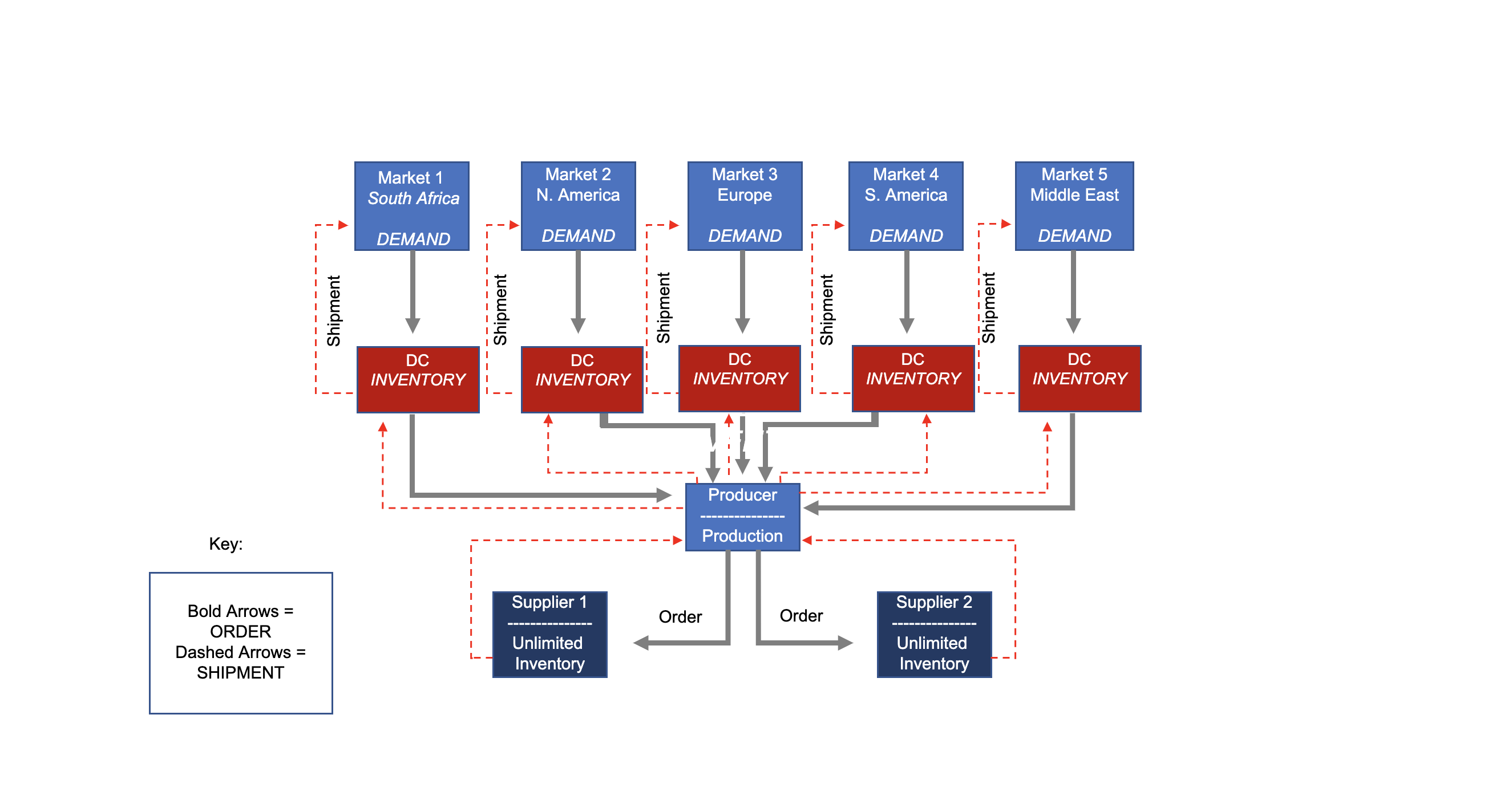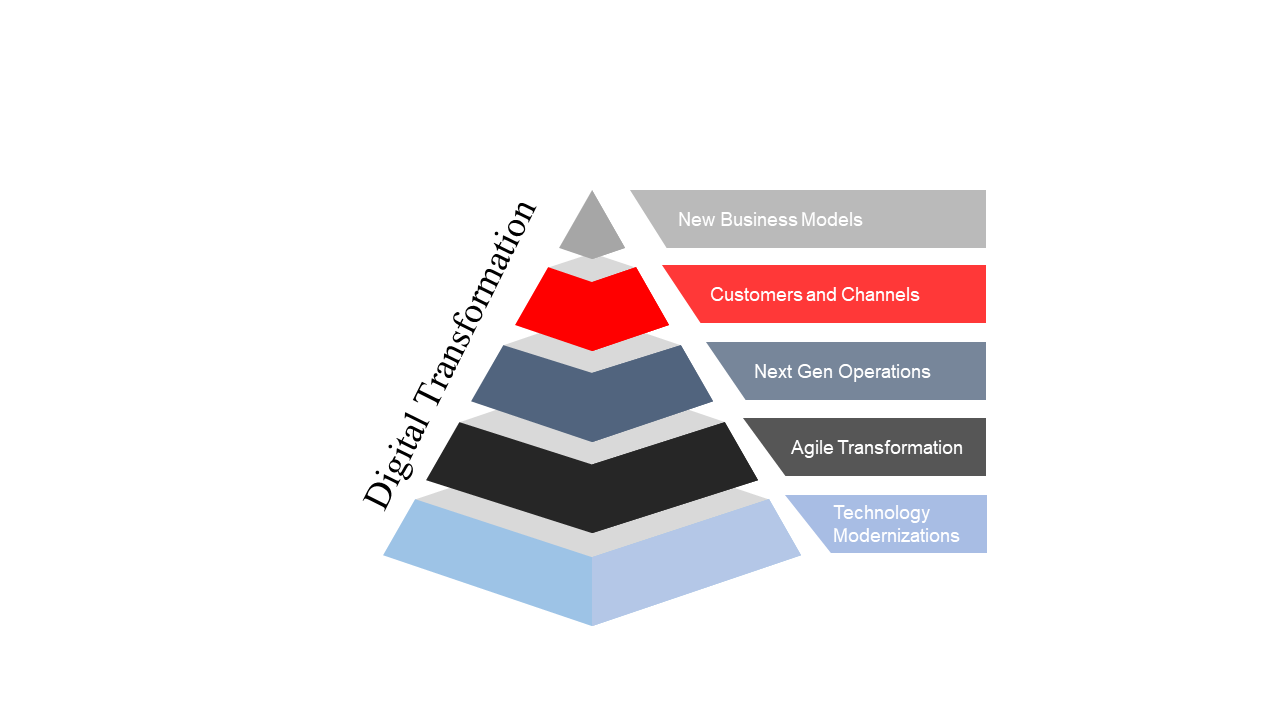Blog
Managing a Supply Chain Crisis:
Technology Enablers
The purpose of strategy is to take organizations to new heights through differentiated visioning, rigorous prioritization, purposeful resource allocations and increased morale through confidence in leadership.
Details
Compay Name: UCBOS, Inc.
Bio: UCBOS, Inc. is an Atlanta based global technology firm with the mission to provide the world’s first “No-Code Enterprise Application Platform” and revolutionize the notion of the composable enterprise. Its vision is to simplify Automation and AI/ML technologies and make them practical for business, operations, and IT to adapt and transcend coding, industry, and business limitations.
‘Everyone needs greater understanding to drive better decisions in the organization.’
One of the many strategy tools designed for situations like the coronavirus is scenario planning. Originating from and frequently used in military situations, scenario planning is essentially a future-oriented exercise whereby strategic planners envision different scenarios and then identify key operational and strategic dimensions for their organization that would require specific actions under the different scenarios
What if analysis on ‘Supply chain Preparedness’
Product innovation is driven in the form of creative accumulation by large firms and creative destruction by new entrants. Order fulfillment is currently being delayed, with inventory reductions being undertaken throughout the supply chain. Methods to adapt to new, cheaper sourcing networks are being developed (i.e. reshoring, nearshoring, offshoring or in-shoring), which will lead to disruptions in current supply networks and increase outsourcing of the entire supply chain management process (i.e. procurement, production, logistics, and payments to specialists’ firms).
Simulation models are especially useful for analysis when the impacts of disruptions on Supply Chain performance need to be computed under conditions of time-dependent changes. Detailed control policies can be analyzed subject to a variety of financial, customer, and operational performance indicators throughout the product life cycle.

What if on ‘Most cost–effective approaches’
The most effective way for retailers to conduct what-if costing is with cost-simulation software that helps to calculate accurate landed-cost estimates. Cost simulation allows retailers to view the financial impact of executing an assortment of plans, and to calculate margins at the item, class, department, season, or channel level. A platform with what-if costing functions can aggregate the potential costs and margins and compare the results to original forecasts to ensure accuracy throughout the product life cycle.
What if on ‘Machine learning – The future tool’
A decade or more ago, supply chain visibility applications emerged to try to aggregate data and display it on dashboards, but they seldom fulfilled their promises because the underlying data quality was lacking. Now with the explosion of data from mobile devices and IoT, the problem is even more complex. Newer technologies such as artificial intelligence (AI), machine learning, and predictive analytics can help.
What if on ‘Remake of Supply Chain with Digital Transformation’
Business strategy provides companies with the means of navigating their digital transformation, prioritising digital innovation opportunities, and informing digital technology adoption. The CMO and brand strategists, as experts in, and evangelists for, the voice of the customer, can play a vital role within the strategy formulation process. Specifically by collaborating with other business leaders to shape an agile, human-centric business strategy.
Follow through and deliver on strategy and planning in an agile fashion
1. Reinvent your consumer insights development with modern (data) science.
2. Drive fluid and future-oriented strategy development in order to capitalize on emerging opportunities
3. Follow through and deliver on strategy and planning in an agile fashion

In the long term, we can anticipate a significant supply chain restructuring. The pandemic is likely to accelerate it. More importantly, companies need to improve the resiliency of their supply chains to handle global, not only local, disruptions by applying some of the concepts discussed and by achieving visibility into their supply chain and, in particular, their pipeline inventory.
100% No-Code
Unlock new outcomes 10X Faster by extending your Legacy, ERP, and SCM! Don’t rip out anything!